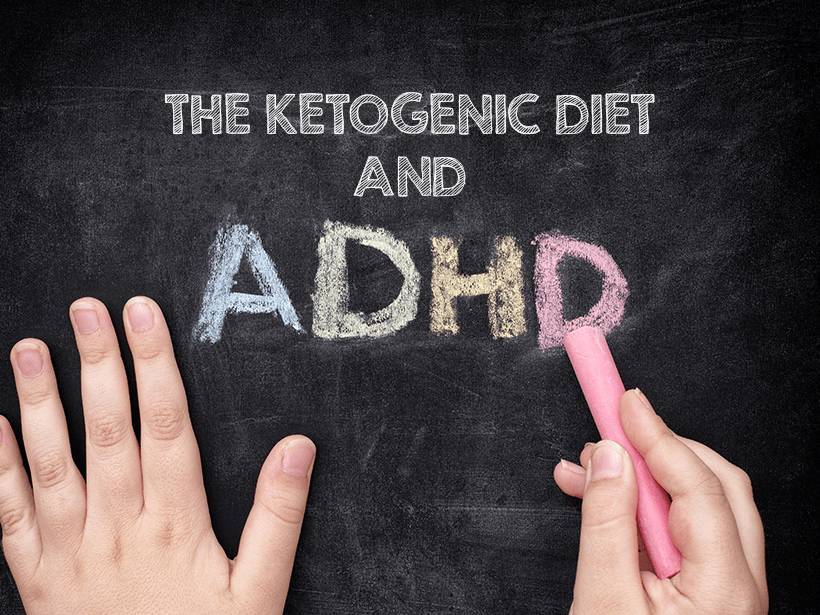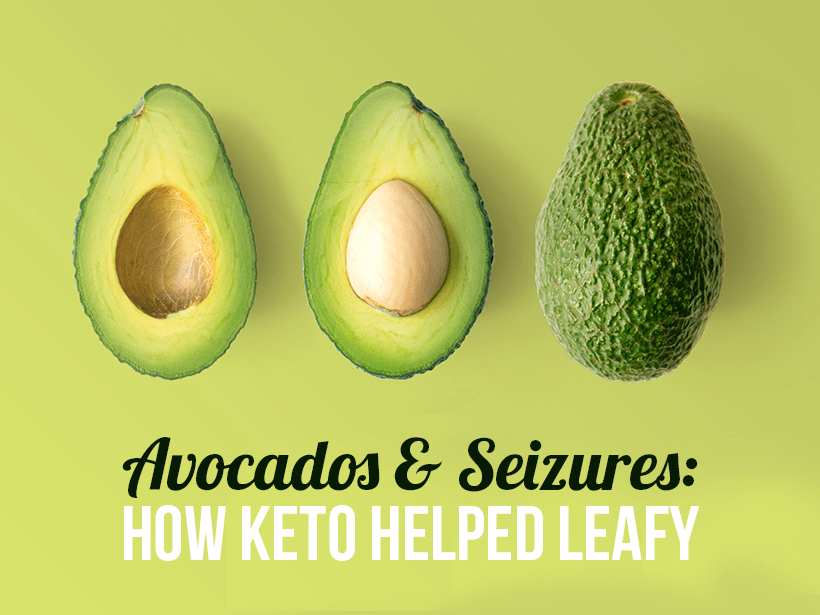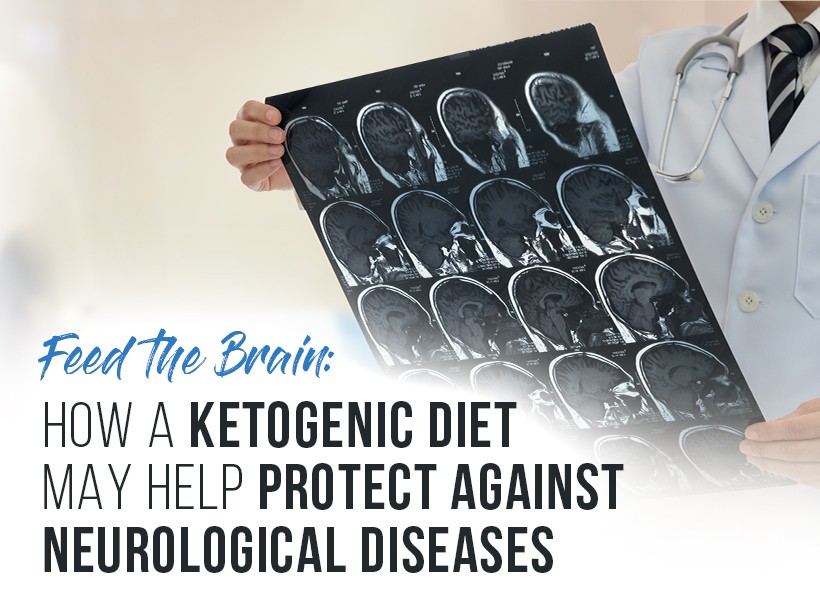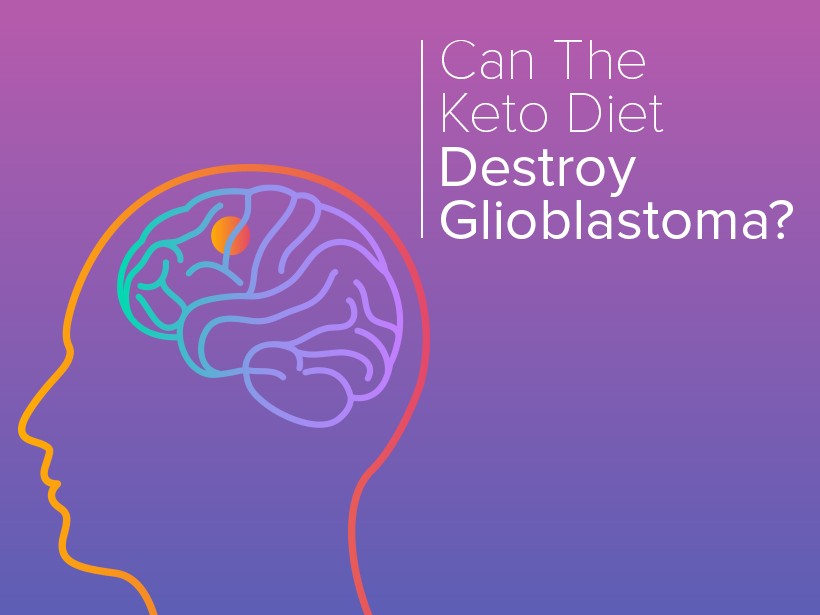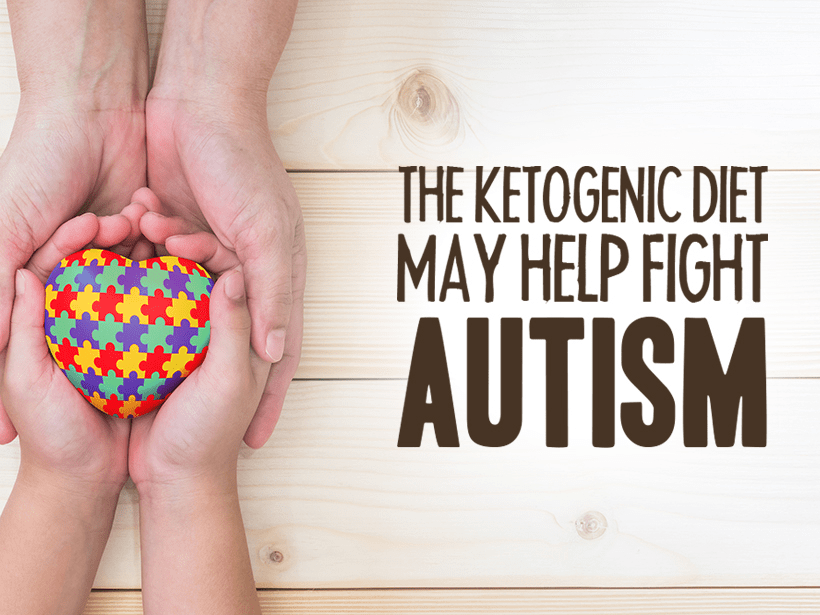Inflammation is a complicated process. On the outside, it looks like a swelling and reddening of the affected area, and it hurts like heck. But on the inside, it’s so much more than that. It’s a tangle of signal cascades involving cytokines, proteins, signaling molecules, etc. Combine the science with that of the science of […]
If you grew up in the 90’s or earlier, you probably remember learning about the food pyramid. A bottom layer of grains, with fruit and vegetables on the second and most important layer of the pyramid, with meats and dairy next, and fats only to be “used sparingly” was what we were taught would lead […]
Attention-deficit/hyperactivity disorder (ADHD) is a common condition affecting more than 3 million Americans. It typically begins in childhood and can persist into adulthood. It can contribute to difficulties at school or work, low self-esteem, and relationship issues. Symptoms of ADHD include hyperactivity, limited attention, excitability, aggression, fidgeting, impulsivity, irritability, forgetfulness, and absent-mindedness. It can cause […]
You probably grew up hearing a lot of advice about dairy, such as “drink your milk to get big, strong bones” or “don’t consume too much dairy because it’s bad for your heart.” Well, a lot of that is assumed based off of the individual nutrients within the milk. For example, people know that calcium […]
At 6 months old, Leafy Liu began having seizures. They started sporadically, every few weeks, but then grew in frequency and intensity until she was having as many as 60 per day. Diagnosed with epilepsy, Leafy’s parents were desperate to find a solution that would give their daughter relief from the exhaustion she experienced and […]
We all know that feeling of lethargy and utter fatigue that comes after a huge, carb-heavy meal. While the intake of carbs is supposed to give us an energy boost, more often than not we are left feeling groggy and sluggish afterward. From the time we are little, we are told that carbohydrates are the […]
Glioblastoma, a form of brain cancer, is an aggressive brain tumor found in adults. It typically forms from astrocytes, which are star-shaped cells found in your brain, specifically your cerebrum.1 The cerebrum is the largest part of your brain. One unique aspect of this cancer is that it has the capability to make its own […]
Diabetic Nephropathy (DN), a result of diabetes, is characterized by glomerular lesions. Glomerular lesions refers to some type of damage to the glomerulus in your kidneys which is where your blood is filtered. This is problematic because proper filtration at the kidneys cannot occur if the filter is damaged. Piccoli et. al. in “Diabetic Kidney […]
Epilepsy affects people of all ages. In fact, about 50 million people in the world have epilepsy according to the World Health Organization (WHO). 1 These patients typically suffer from seizures which may be due to a number of things: brain damage before or during birth, a traumatic head injury, an infection, genetic syndromes, or a brain […]
Cluster headaches are short but extremely painful headaches that can repeat for weeks or months at a time. They affect 1 in every 1,000 people and are more common in men than women before the age of 30. These occur when a specific nerve pathway is activated in the base of your brain: at the […]
I’ll be the first to admit it– I’m addicted to McDonald’s. I love their seasonal promotional items, and I wait almost all year for McRibs and eggnog pies to reappear on the menu. One of McDonald’s most well-known seasonal items is the Shamrock Shake, a mint green sweet treat that comes around every March. While […]
If you’re like the average American, you grew up eating a high-glucose diet. You ate bagels, pizza, cereal, spaghetti, and your body became accustomed to a constant influx of various sugars. When you completely change your diet, it means your body needs to change its response to the foods you eat.1 Don’t be surprised if […]
According to statistics published by The Autism Society, approximately 1 percent of the world’s population has Autism Spectrum Disorder, often referred to as ASD or Autism.1 More concerning than the prevalence of Autism is the growth rate for diagnosis – climbing 119.4 percent from the year 2000 to 2010. While behavioral therapies and medication have […]


